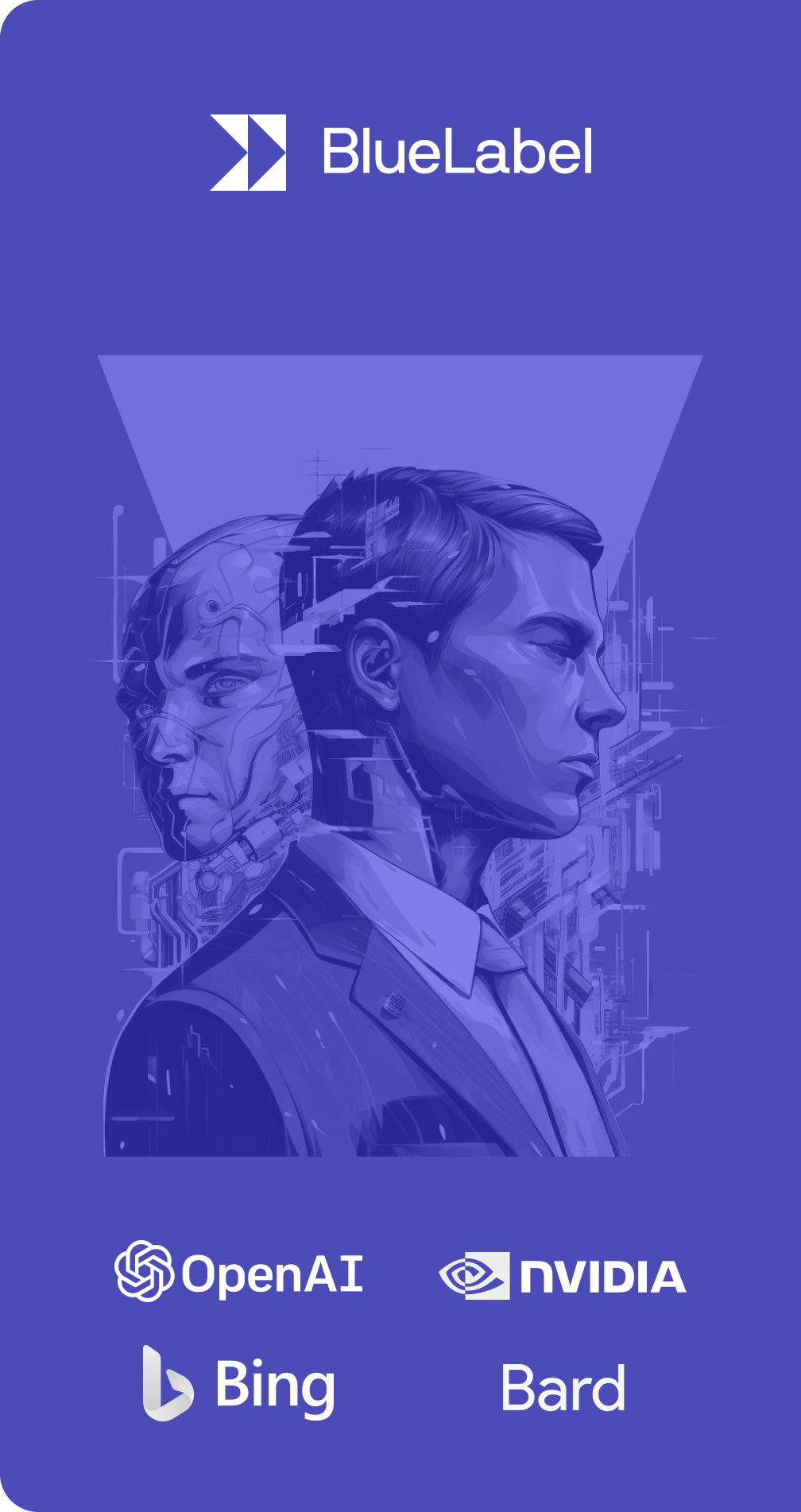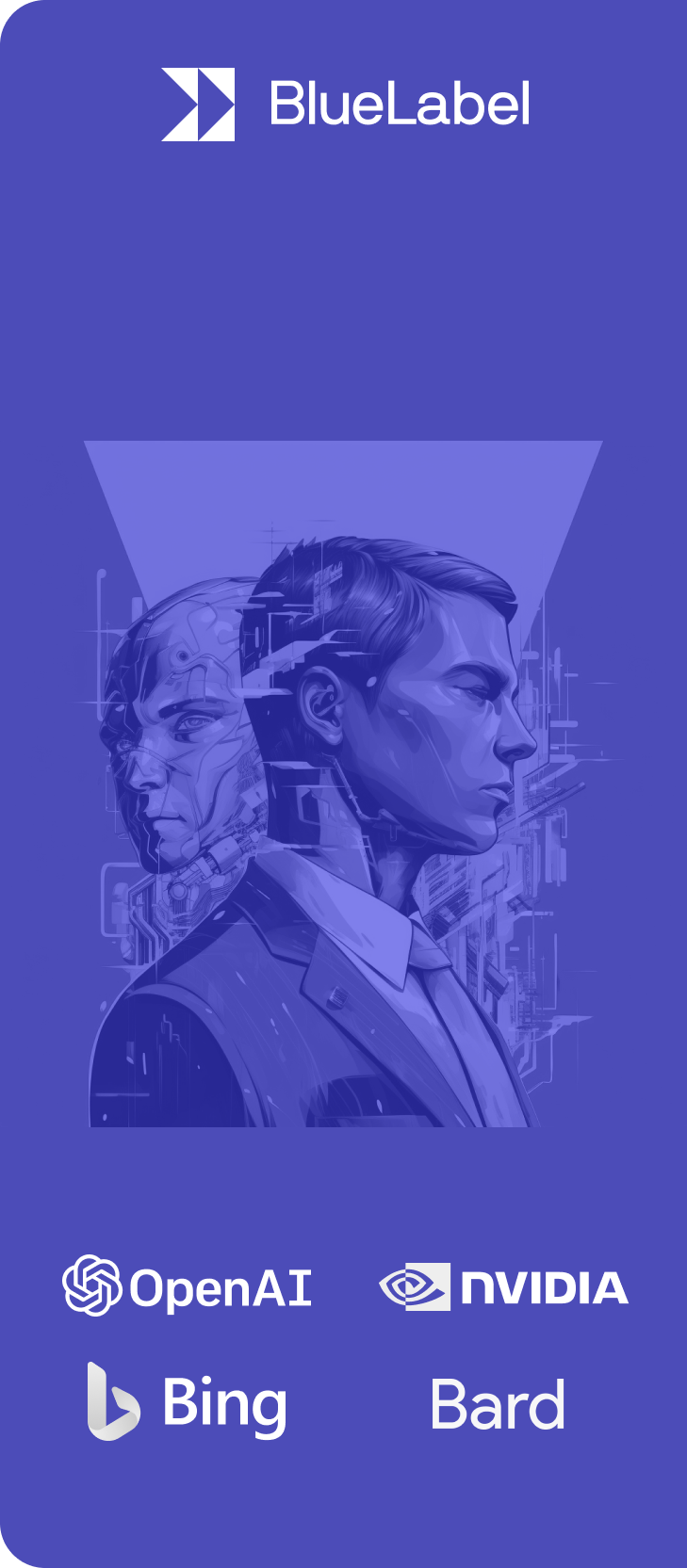Build From The Ground Up Or Use White Labeled Solutions?
Depending on where you’re at in a web or app development project lifecycle, you’ll have choices to make as to whether you’re going to build from the ground up or use a white-labeled solution. In most cases, your app should be built with unique, custom code. That said, there are times you’ll want to integrate third-party-powered functionality via APIs and SDKs rather than build out certain functionalities or even opt for an entirely white-labeled, out-of-the-box, or ready-to-go solution.
There are three core options for businesses today:
- using a white-labeled, out-of-the-box solution;
- building on top of a white-labeled, out-of-the-box solution; or
- creating a custom, from-the-ground-up solution.
The decision on a path is crucial as it will affect three key areas: time to market, cost, and quality. For the most part, we believe that you should develop a custom solution when it’s within your budget, but we also recognize that there are times that using an existing off-the-shelf solution is best. Some companies only require cookie-cutter functionality to deliver a quality experience for their end-users meaning a white-labeled solution might be the way to go. In these select instances, a more basic web or mobile app makes sense.
So, let’s first start by taking a look at why companies turn to white-labeled options. From there, we’ll discuss the option of building custom web and mobile apps and cover the merits of building from the ground up.
Why companies turn to white labeled products and when to avoid them
There are certain scenarios when companies can rely on white labeled products to serve as the base for their digital products. Doing so circumvents most of the development process which means faster time to market–despite some substantial issues with customization we’ll discuss in detail later. Essentially, a packaged solution from a software provider is repurposed into a unique digital product that’s then launched after making certain tweaks such as changing certain design elements to grant a somewhat unique appearance.
In the fitness industry, many turn to Mindbody for their ability to quickly slap a preferred colored scheme and logo on their base product then launch. Mindbody offers a set of fitness, wellness, and beauty business tools that can be quickly compiled into a digital product that offers scheduling and payment infrastructure on the business end as well as a slew of different features for the end-user. Netpulse is another popular product for gyms as their product includes many fitness tools out-of-the-box for their clients.
Another popular white label solution known as keet health for the healthcare industry gives businesses a turnkey product for patient engagement. The platform aims to provide tools that improve patient relationships with a variety of features such as the ability to communicate outside of office walls through messaging, workflows for patient management, analytics for practice management, and more.
In both of the above examples, a business can easily work with either company to quickly create a digital presence without the need to develop the product from the ground up. That said, it does come with a glaring problem: further customization and development is limited (if it’s even possible) which we refer to as “technical debt.” Usually, businesses are stuck with the features that the provider opts to furnish which makes further customization either impossible or highly costly.
A quick case for native cross-platform apps
Modern solutions like React Native and Flutter or other cross-platform development frameworks are inherently the best way to develop mobile apps. They allow businesses to create custom apps using Javascript for multiple platforms meaning businesses can have an app for both Android and iOS that behaves like a native app.
Native apps are designed to work on the platform for which they’re built without using some kind of wrapper which both slows down the app by adding another “moving part” that needs to be maintained to prevent the app from breaking.
While developing a mobile app this way takes a little longer, it produces a product that’s customized to fit your business’s precise needs. Your custom app will function as if it were developed natively and also be easier to support throughout its lifecycle.
Pros and cons of building from the ground up
Most reputable digital product development companies will tell you that building custom web and mobile apps from the ground up is the best way to go. Yes, it costs more money in the short-term but there are great reasons to go this route:
- Customization, customization, customization. Businesses are not all the same. They face different market challenges and often require something different to meet their customers’ needs. White-labeled solutions are inherently one-size-fits-all, and even if it can meet your needs in the initial launch of your business, you will outgrow it and need to build something custom anyway.
- Customer Expectations. In today’s world, a company’s digital experience matters. Whether you’re a brick-and-mortar operation or a purely digital business, a quality web and app presence is a must. And today’s users are as demanding as ever. They expect an experience as good or better than the apps they use every day: YouTube, Instagram, and Amazon, just to name a few. If you can’t deliver a seamless experience that looks amazing and works perfectly, you might as well not bother at all. Your customers will be dissatisfied if they ever become customers at all.
- Differentiation. In today’s crowded market, your digital presence needs to stand out from the pack. A great website and/or set of apps is a clear way to look and feel different from your competition. A white-labeled solution won’t get you there. You’ll look and feel like everyone else in the market.
Quality, speed, and cost are all important considerations when it comes to the creation of digital products. It’s a lot like new home construction – using quality products and building on a solid foundation makes for a better home. Mobile homes and pre-fab construction are always an option, but there are clear downsides.
Blue Label Labs builds digital products intelligently
Solving big problems starts with seeking out big ideas where design thinking informed by hard data and punctuated by contextual awareness (i.e., user testing) plays a pivotal role in our forward-thinking process. We understand that some businesses are looking for the quickest solution, but it needs to be understood that shortcuts often lead to disastrous outcomes.
We can help you figure out whether using a white-labeled solution, building on top of a white-labeled solution, or building a custom solution is right for you and your business. Feel free to reach out to us today to learn how we can guide you down the right path.









